Ouroboros - Blog Posts

The ouroboros is an ancient symbol depicting a serpent or dragon consuming its own tail, forming a circular shape. This powerful image has been present across various cultures and historical periods, representing concepts such as infinity, rebirth, and the cyclical nature of existence. In alchemy, the ouroboros symbolises the unity of all things, the fusion of opposites, and the continuous process of transformation and renewal. Beyond its cultural and mystical significance, the ouroboros has captured the human imagination with its evocative imagery, serving as an enduring reminder of the mysteries and complexities of life, death, and the universe.



Aaaah this one took longer than I thought and yet I am rather proud of it !
Mélusine studio's (wolfwalker, Ernest & Celestine, the song of the sea) style was my first inspiration for this drawing (even if my style looks pretty different from mélusine studio's)
You can see that behind Ghost i "hid" a little wyrm ouroboros (if im not wrong it's the symbol for the never ending circle of life)
Κοσμάς Μεγαλομμάτης, Ουροβόρος: Παγκόσμια Μυθολογία-1989
Κοσμάς Μεγαλομμάτης, Ουροβόρος: Παγκόσμια Μυθολογία, Ελληνική Εκπαιδευτική Εγκυκλοπαίδεια, 1989
Кузьма Мегаломматис, Уроборос (свернувшийся в кольцо змей или дракон, кусающий себя за хвост): мировая мифология, Греческая педагогическая энциклопедия, 1989
Kosmas Megalommatis, Ouroboros oder Uroboros (‘Selbstverzehrer’ oder ‘Schwanzverzehrender’ / eine zusammengerollte Schlange oder ein Drache, der sich in den Schwanz beißt): Weltmythologie, Griechische Pädagogische Enzyklopädie, 1989
Kosmas Gözübüyükoğlu, Ouroboros (kendi kuyruğunu ısıran bir yılan): Dünya Mitolojisi, Yunan Pedagoji Ansiklopedisi, 1989
قزمان ميغالوماتيس، اوروبروس (دُنبخوار/مار یا اژدهایی است که دماش را میخورد): اساطیر جهانی، دایره المعارف آموزشی یونانی، 1989
Côme Megalommatis, Ouroboros (un serpent ou un dragon qui se mord la queue): Mythologie mondiale, Encyclopédie pédagogique grecque, 1989
1989 قزمان ميغالوماتيس، الأوربوروس (الثعبان أو التنين وهو يأكل ذيله.) : الأساطير العالمية، الموسوعة التربوية اليونانية،
Cosimo Megalommatis, Urobòro (chiamato anche uroburo o uroboros o ancora ouroboros / un serpente o un drago che si morde la coda, formando un cerchio senza inizio né fine): mitologia mondiale, Enciclopedia pedagogica greca, 1989
Cosimo Megalommatis, Uróboros (uróboro o ouroboro o uroboro / serpiente que se come la cola): mitología mundial, Enciclopedia pedagógica griega, 1989
Cosmas Megalommatis, Ouroboros (or Uroboros / a serpent or dragon eating its own tail): World Mythology, Greek Pedagogical Encyclopedia, 1989

--------------------
Скачать PDF-файл: / PDF-Datei herunterladen: / Télécharger le fichier PDF : / PDF dosyasını indirin: / :PDF قم بتنزيل ملف / Download PDF file: / : یک فایل دانلود کنید / Κατεβάστε το PDF:





@hecategaya

The Ouroborus and the Unity of Matter in Alchemy, c. 1962 H.J. Sheppard
‘The Ouroboros often symbolize self-reflexivity or cyclicality, especially in the sense of something constantly re-creating itself, the eternal return, and other things such as the phoenix which operate in cycles that begin anew as soon as they end. It can also represent the idea of primordial unity related to something existing in or persisting from the beginning with such force or qualities it cannot be extinguished. While first emerging in Ancient Egypt, the Ouroboros has been important in religious and mythological symbolism, but has also been frequently used in alchemical illustrations, where it symbolizes the circular nature of the alchemist’s opus. It is also often associated with Gnosticism, and Hermeticism. Carl Jung interpreted the Ouroboros as having an archetypal significance to the human psyche.[citation needed] The Jungian psychologist Erich Neumann writes of it as a representation of the pre-ego “dawn state”, depicting the undifferentiated infancy experience of both mankind and the individual child.’


Pride pfps!! Im a few weeks late but Im really proud of it
|| «OUROBOROS» Project||:
... Shiny... Pretty...
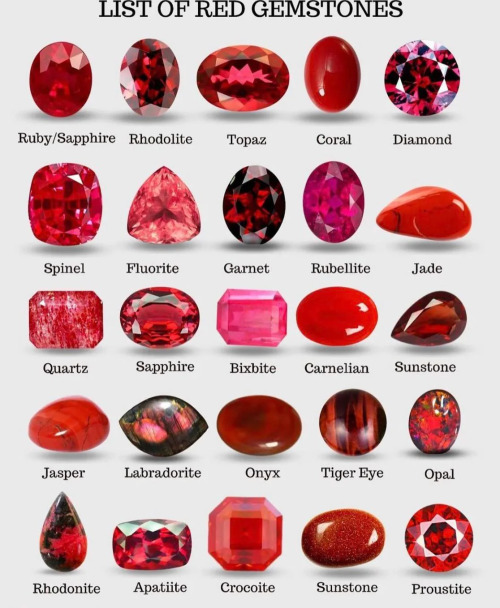

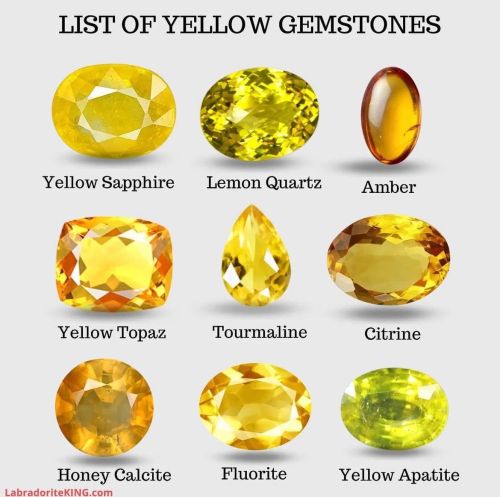
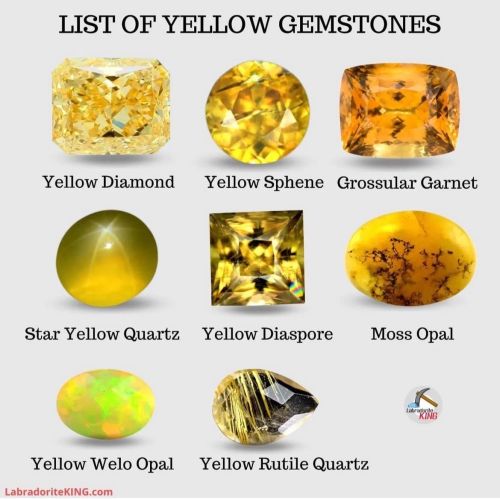
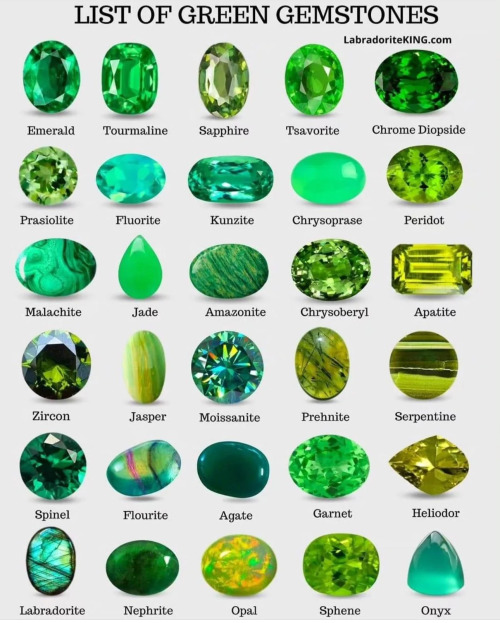
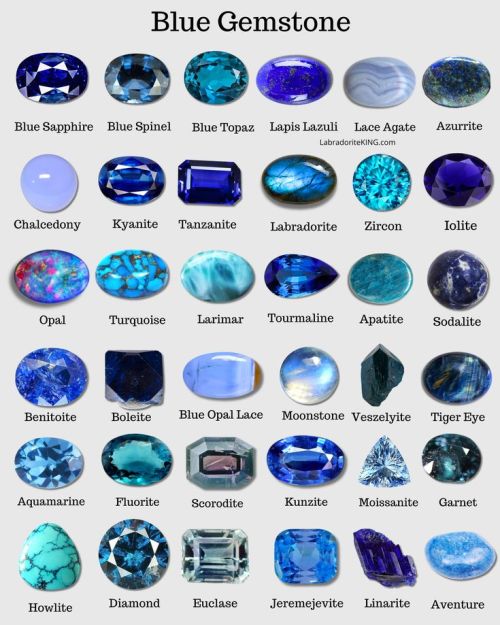
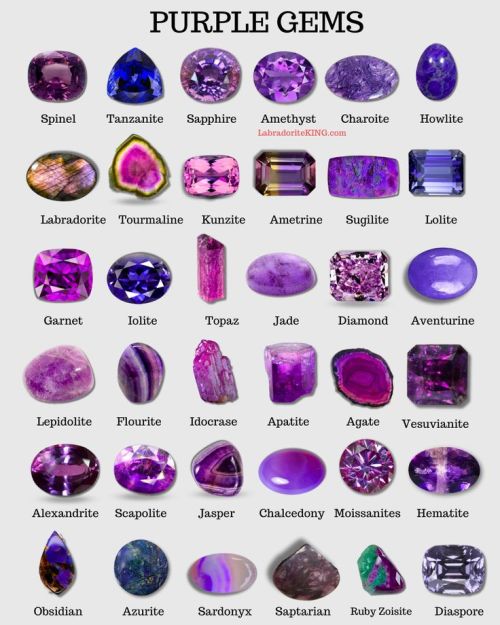

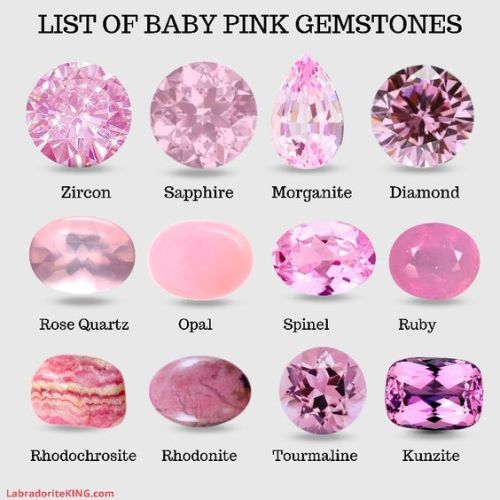
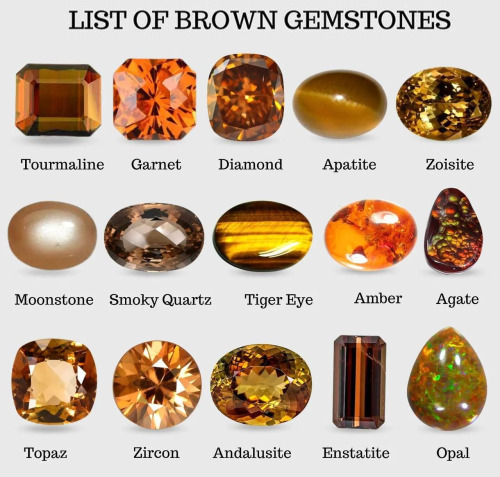
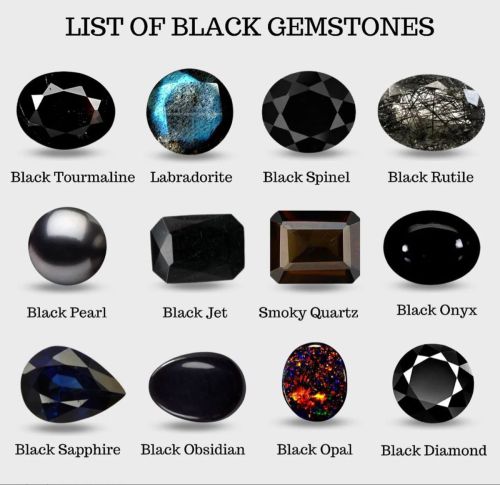
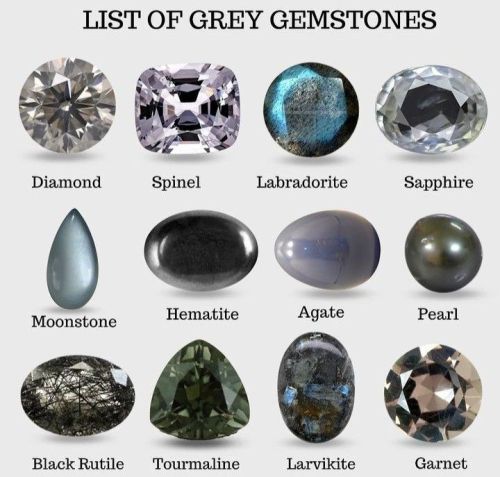
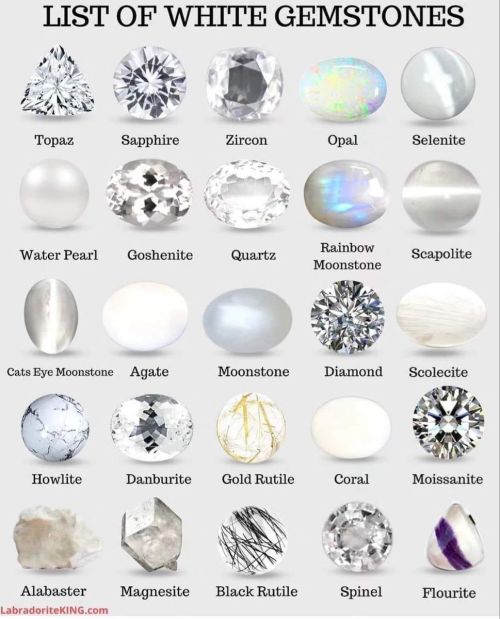
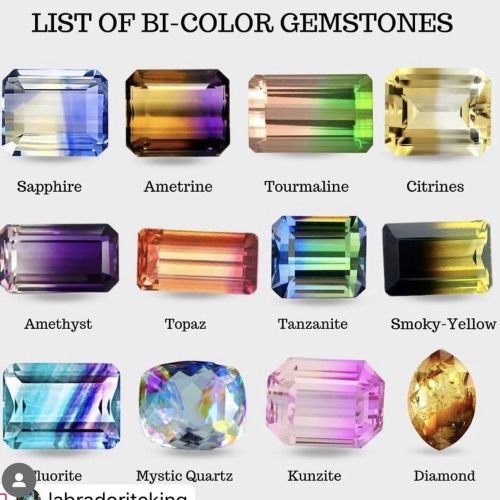
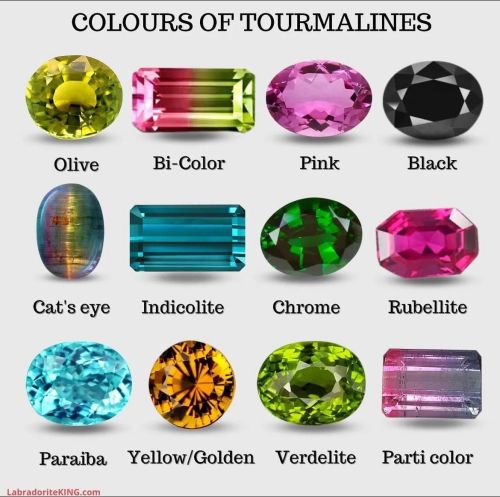
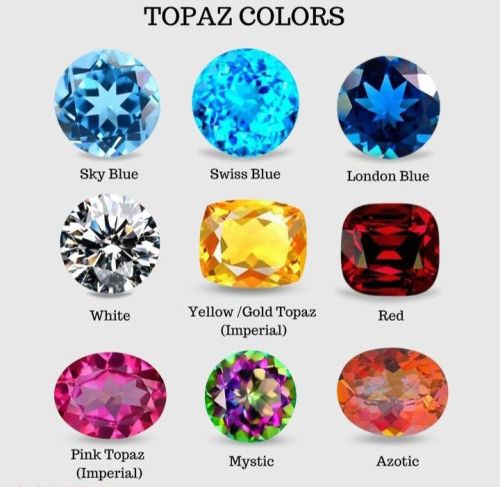
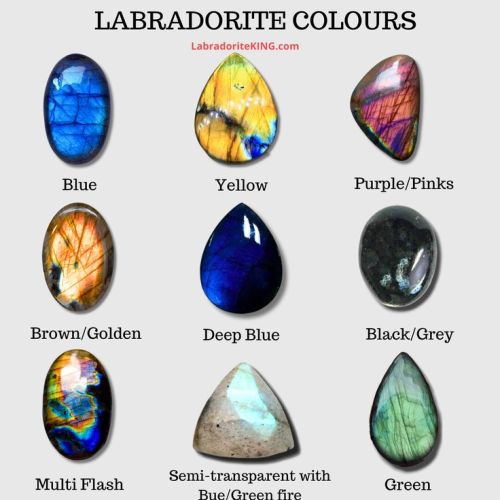
By LabradoriteKing on Pinterest




